Items 1-6 of 6
Show
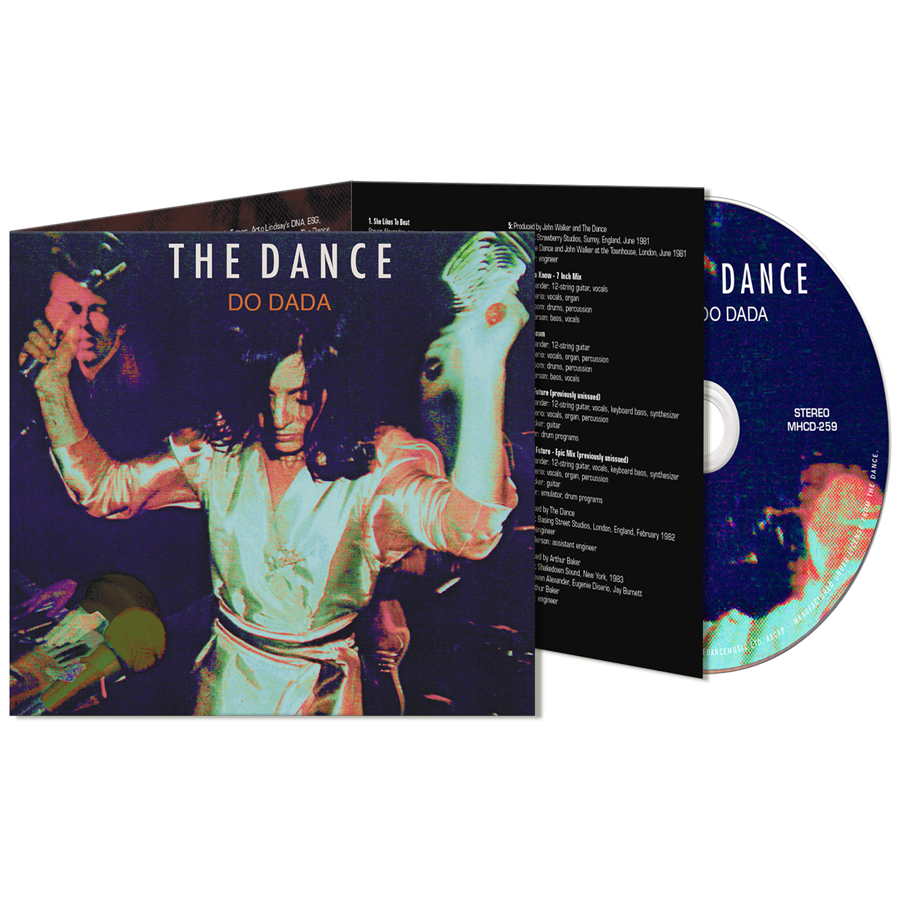
Price: $11.89
Availability: In Stock
Item #: CD-MH-259 -
The Dance’s Groundbreaking Post-Punk Art-Funk Makes US Landfall
Modern Harmonic is proud to give The Dance’s complete catalog a reissue, most of which despite its ‘80s NYC panache and its NME buzz, has never been released in the States. In Lust (1981) and Soul Force (1982), both of which were originally released internationally on Statik Records, finally make landfall domestically. Joining those two coveted post-punk platters is Do Dada, which takes its name from a cult classic track on their...
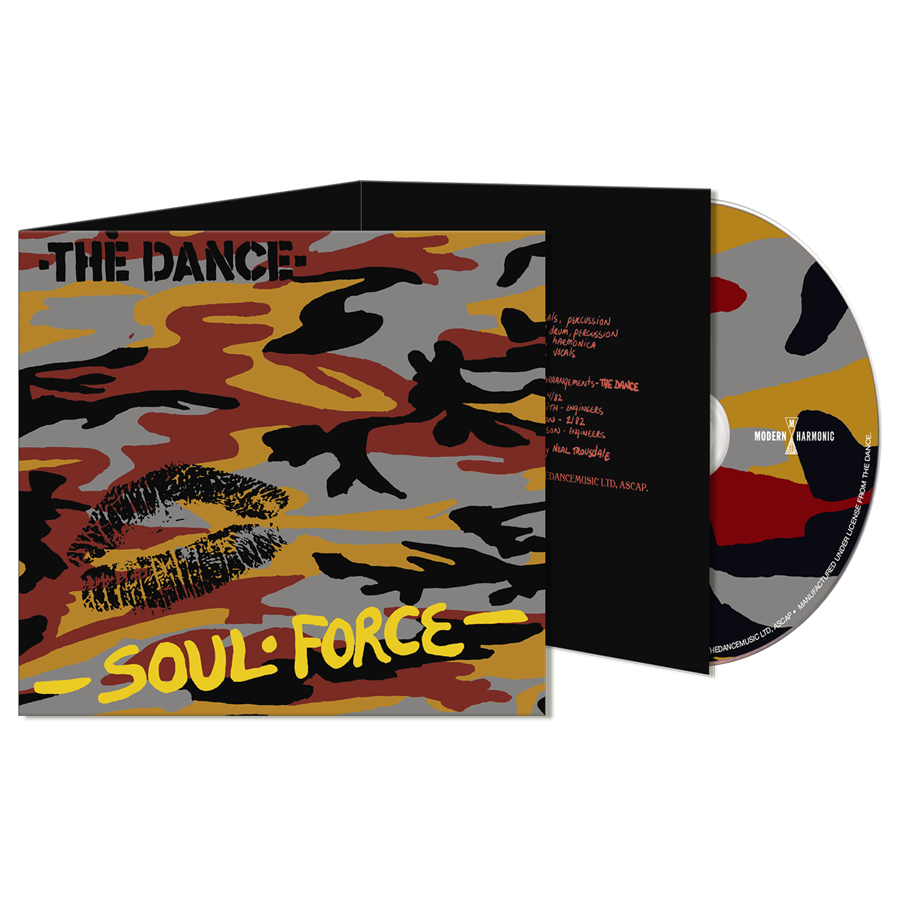
Price: $11.89
Availability: In Stock
Item #: CD-MH-258 -
The Dance’s Groundbreaking Post-Punk Art-Funk Makes US Landfall
Modern Harmonic is proud to give The Dance’s complete catalog a reissue, most of which despite its ‘80s NYC panache and its NME buzz, has never been released in the States. In Lust (1981) and Soul Force (1982), both of which were originally released internationally on Statik Records, finally make landfall domestically. Joining those two coveted post-punk platters is Do Dada, which takes its name from a cult classic track on their...
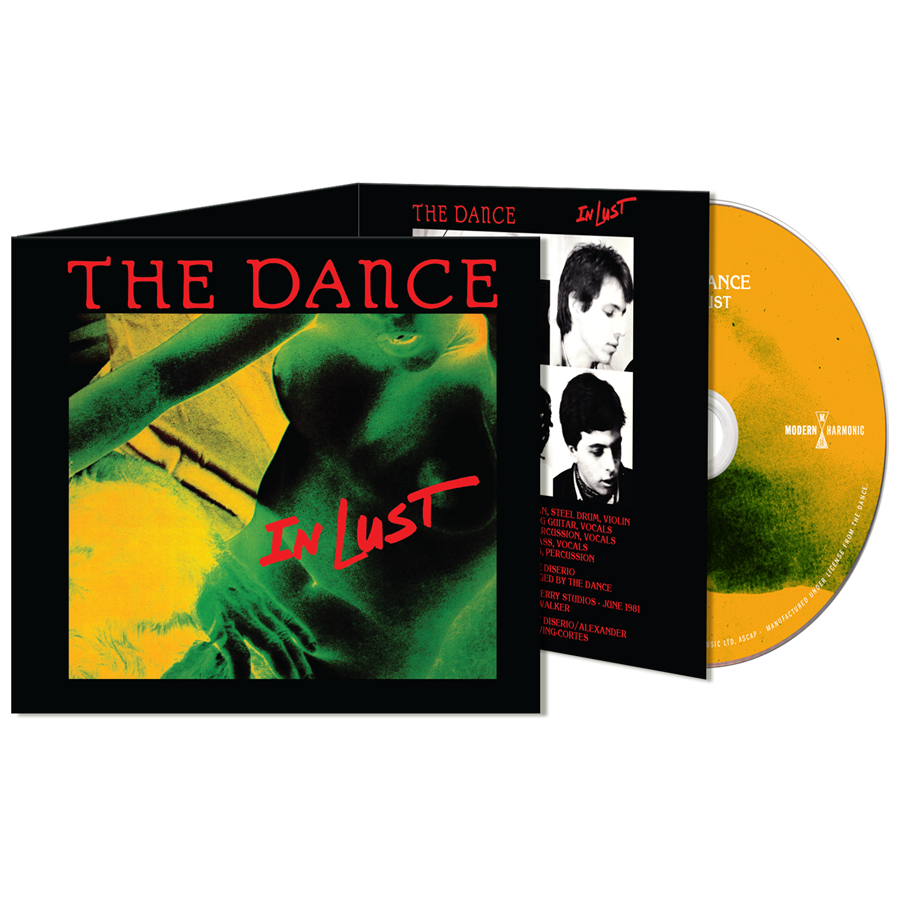
Price: $11.89
Availability: In Stock
Item #: CD-MH-257 -
The Dance’s Groundbreaking Post-Punk Art-Funk Makes US Landfall
Modern Harmonic is proud to give The Dance’s complete catalog a reissue, most of which despite its ‘80s NYC panache and its NME buzz, has never been released in the States. In Lust (1981) and Soul Force (1982), both of which were originally released internationally on Statik Records, finally make landfall domestically. Joining those two coveted post-punk platters is Do Dada, which takes its name from a cult classic track on their...
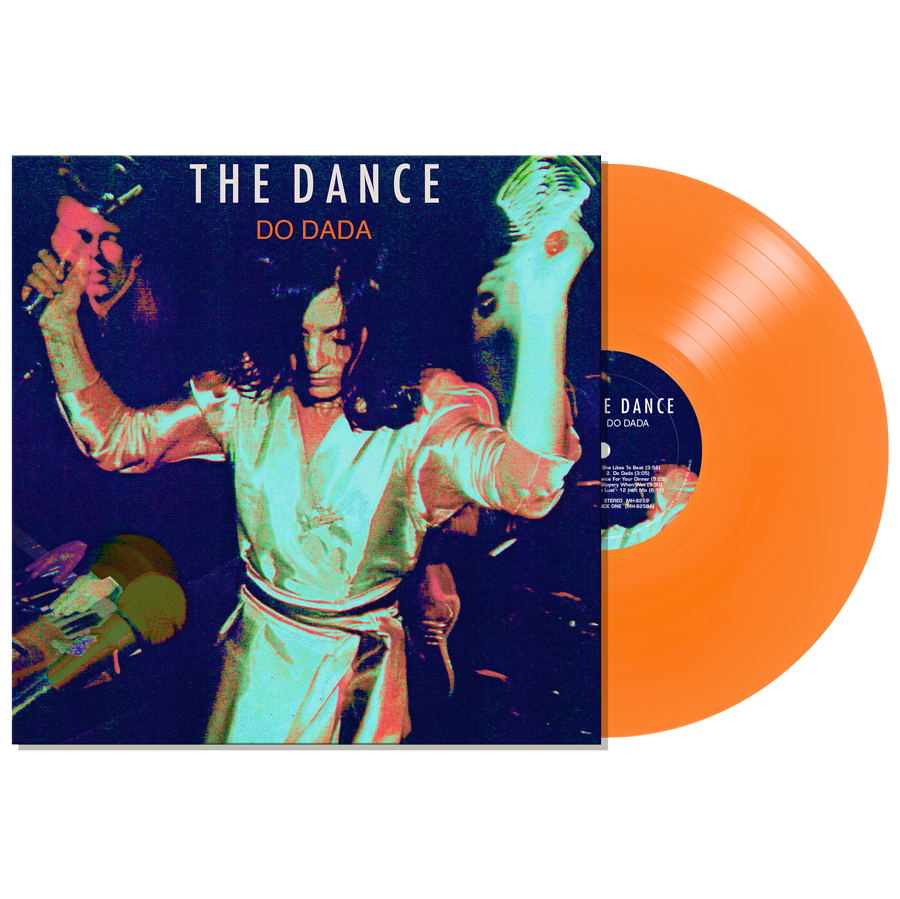
Price: $17.49
Availability: In Stock
Item #: LP-MH-8259C -
The Dance’s Groundbreaking Post-Punk Art-Funk Makes US Landfall
Modern Harmonic is proud to give The Dance’s complete catalog a reissue, most of which despite its ‘80s NYC panache and its NME buzz, has never been released in the States. In Lust (1981) and Soul Force (1982), both of which were originally released internationally on Statik Records, finally make landfall domestically. Joining those two coveted post-punk platters is Do Dada, which takes its name from a cult classic track on their...
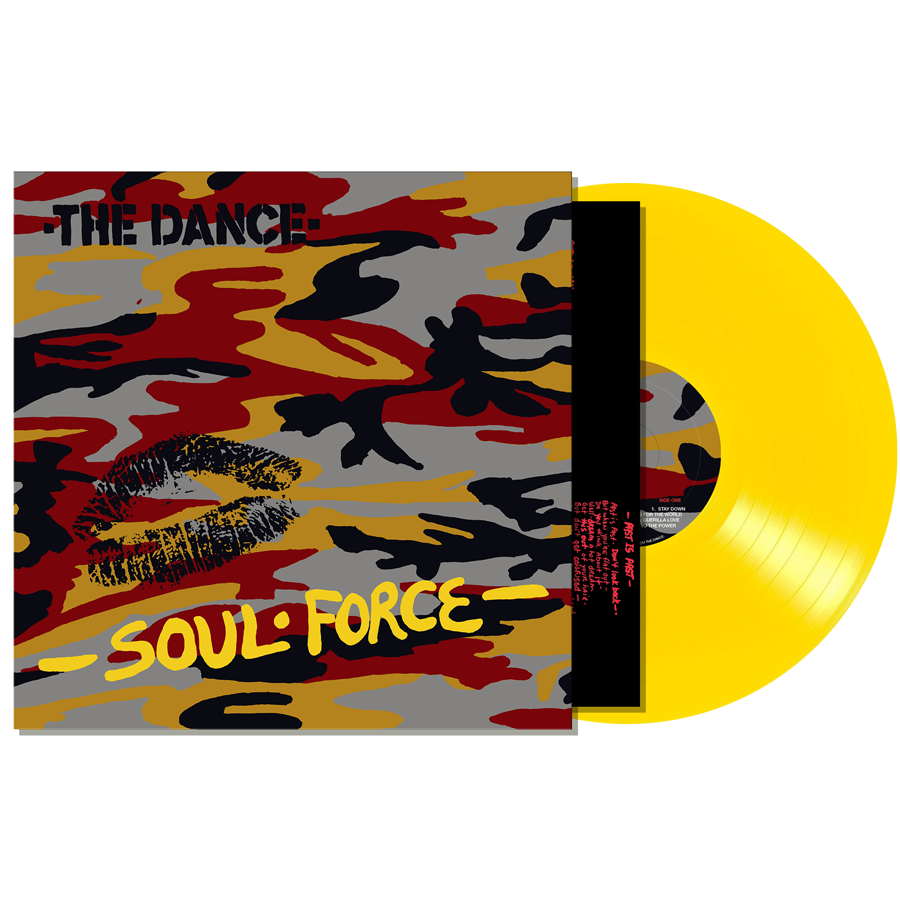
Price: $17.49
Availability: In Stock
Item #: LP-MH-8258C -
The Dance’s Groundbreaking Post-Punk Art-Funk Makes US Landfall
Modern Harmonic is proud to give The Dance’s complete catalog a reissue, most of which despite its ‘80s NYC panache and its NME buzz, has never been released in the States. In Lust (1981) and Soul Force (1982), both of which were originally released internationally on Statik Records, finally make landfall domestically. Joining those two coveted post-punk platters is Do Dada, which takes its name from a cult classic track on their...
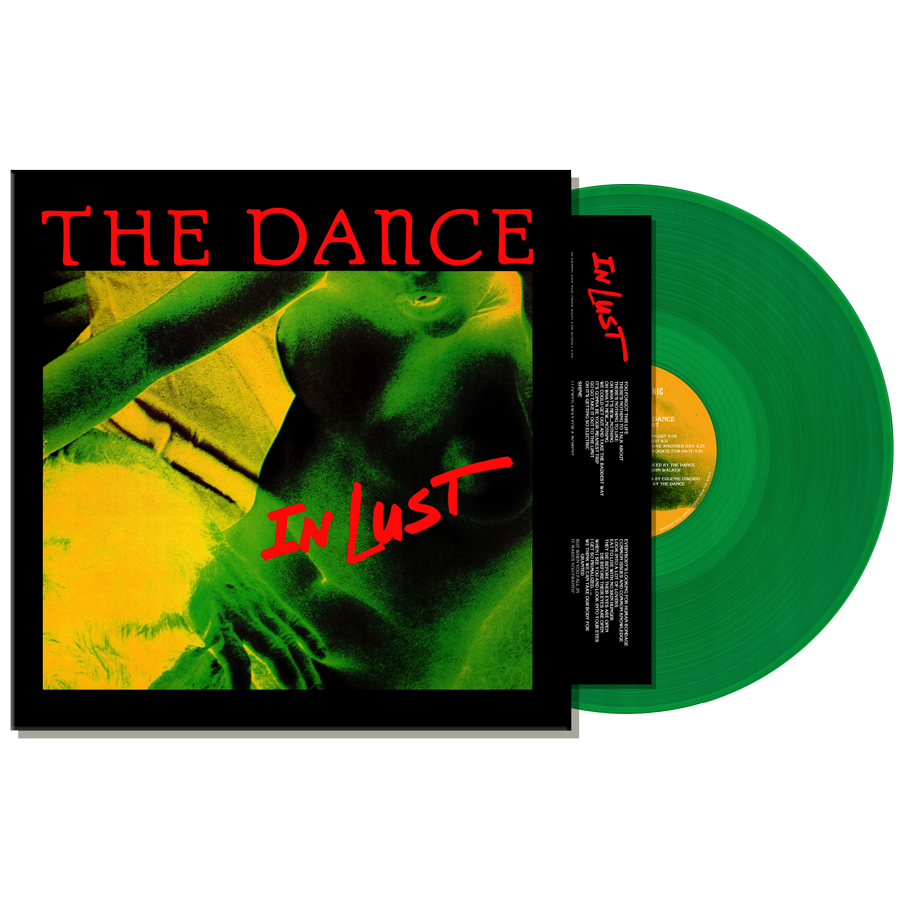
Price: $17.49
Availability: In Stock
Item #: LP-MH-8257C -
The Dance’s Groundbreaking Post-Punk Art-Funk Makes US Landfall
Modern Harmonic is proud to give The Dance’s complete catalog a reissue, most of which despite its ‘80s NYC panache and its NME buzz, has never been released in the States. In Lust (1981) and Soul Force (1982), both of which were originally released internationally on Statik Records, finally make landfall domestically. Joining those two coveted post-punk platters is Do Dada, which takes its name from a cult classic track on their...